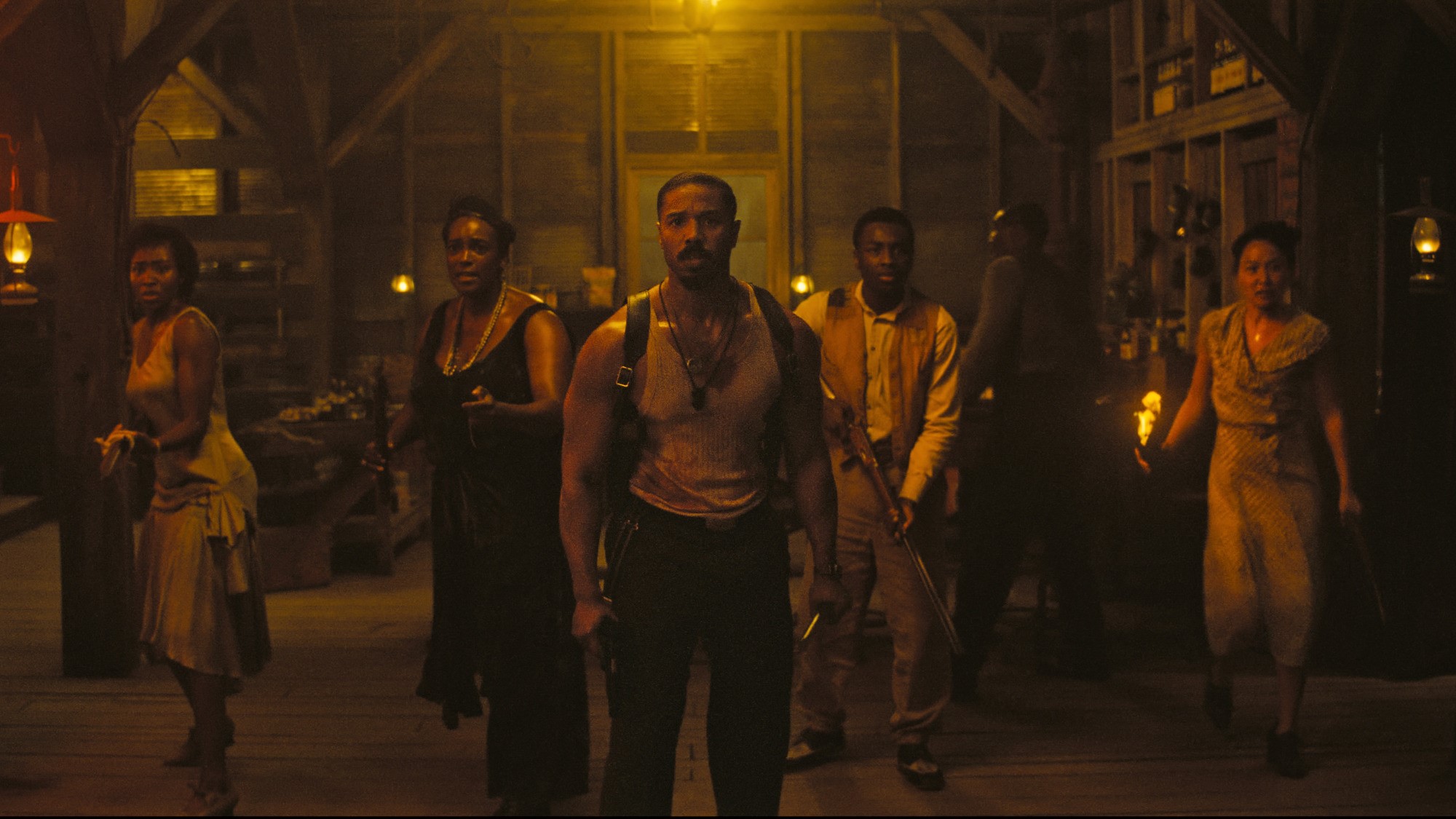What to Watch Verdict
Netflix is mostly successful in entering the class-conscious awards-baiting game.
Pros
- +
🐯Adarsh Gourav gives a magnetic lead performance.
- +
🐯The moral complexity of this narrative is much weightier than simply pointing to social ills.
Cons
- -
🐯The screenplay could stand to trim a few extraneous plot points from the novel for brisker pacing.
The White Tiger almost feels as if it's Netflix's response to Parasite. It’s easy to imagine writer-director Ramin Bahrani’s initial pitch for the adaptation of Aravind Adiga’s novel as such. Both are "eat the rich" stories, though The White Tiger shares more structural commonalities with Nightcrawler than last year’s Best Picture winner. It’s an inversion of the common rags-to-riches narrative, a story of gumption and scrappy opportunism that’s born out of violent necessity and duplicitous cunning rather than conventional meritocracy. It’s a dark, vicious jab at Indian caste culture and its evolution under the influence of Western capitalism, sardonically funny as it is mean-spirited to those deserving of mean spirits. And while it never quite rises to the heights of either Parasite or Nightcrawler, it’s certainly deserving of its spot in the canon of the anticapitalist ouevre.
Balram (Adarsh Gourav) is a low-caste boy from a rural village, denied education from a young age and forced into hard labor in service of his village’s landlord, The Stork (Mahesh Manjrekar). When The Stork’s adult son Ashok (Rajkummar Rao) visits the village after spending his schooling years in America, Balram is inspired to become Ashok’s servant, the highest aspiration he can conceive for someone of his station. After getting his driver’s license and promising his granny (Kamlesh Gill) that he will support the family with his earnings, Balram worms his way into Ashok’s personal service, only for the position to be a more complex emotional burden than he’d bargained for as the deification of his new master to wears thin.
Gourav’s magnetic performance walks a very tight line in characterizing Balram, who is written very closely to how he is presented in the novel and is a very difficult character to pin down, largely because he is defined by contradictions that he doesn’t fully grasp himself. He’s a highly intelligent schemer who will not hesitate to throw another servant under the bus to get what he wants, yet he simultaneously wants nothing more than to serve his masters with utmost piety. He’s loyal to a fault, holding to an understanding that his loyalty and love will be returned in kind, yet he will also mock his masters without their realizing and resents when they treat him as an idiot. He’s not exactly a protagonist you want to root for, but he’s absolutely sterling compared to those with whom he associates, both above and at level with his social station. There’s a very thin line between Balram’s love and hate of his lot in life, and which makes it all the more compelling to watch the morally ambiguous Balram come to grips with the inconsistencies in his worldview.
This especially comes into focus as we come to know Ashok and his American wife Pinky (Priyanka Chopra) better, both of whom are performed with just as much nuance as Balram in their roles as empathetic villains. Ashok is a businessman who resents the corrupt Indian custom of bribing public officials to gain advantage, but he sees no problem in vacillating between treating Balram as a subhuman fixture and a beloved confidant. Pinky, meanwhile, has an even bigger problem with the inherent sexism of Ashok’s family hierarchy and has an American understanding of human equality that does not gel with how Balram is routinely hit and ridiculed for every minor indiscretion, yet she has no issue with accepting Balram’s servitude when it is advantageous to her or allows her to escape the consequences of her failings. This faux familial rapport between the trio comes to a bloody head about halfway through the film, leaving the back half of the narrative to slowly crumble around them as Balram begins to find his own class-conscious enlightenment.
This is presented with spurts of visual invention that occasionally borders the film on gorgeous, though the majority of compositions are basic and lacking in emotional depth beyond that presented in dialogue and narration; some more explicit stylization could have gone a long way in making this film stand out. However, if The White Tiger has one great failing, it’s in its own slavish devotion to translating as much of the novel to the screen as possible. Individual plot points, like the scheme against a rival driver and the appearance of Balram’s nephew, are largely tertiary and sacrifice a brisk narrative pace when tension is most heightened, especially when Balram’s narration cannot afford to break away to acknowledge the symbolic depths present in the novel. This also becomes a factor in some second-act scene redundancy, as the love-hate relationship between Balram and Ashok turns cyclical and hammers the point home with perhaps one or two scenes too many.
The White Tiger may not be perfect, but its anger is potent and it’s taking no prisoners in its condemnation of Indian caste society. A single line of Balram’s narration affirms to the audience that there is no million rupee prize to be won in a game show, no Slumdog Millionaire scenario to get him out of the hell he’s been born into. It’s a film that raises questions about ends and means, whether the social contract is worth breaking when you never stood to gain from it in the first place. The film’s final shot gives the definitive answer, and it caps off a solid exploration of India’s social ills with a visible path to the future.
The White Tiger premieres on Netflix on January 22, 2021.
Leigh Monson has been a professional film critic and writer for six years, with bylines at Birth.Movies.Death., SlashFilm and Polygon. Attorney by day, cinephile by night and delicious snack by mid-afternoon, Leigh loves queer cinema and deconstructing genre tropes. If you like insights into recent films and love stupid puns, you can follow them on Twitter.












